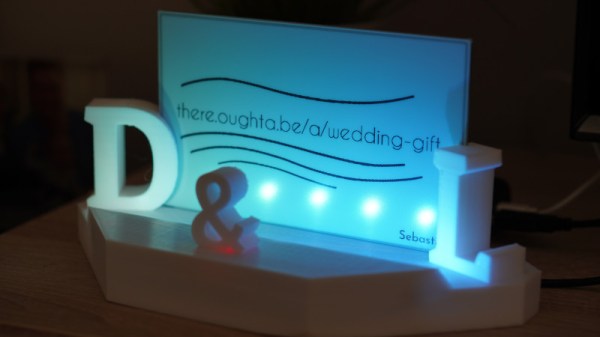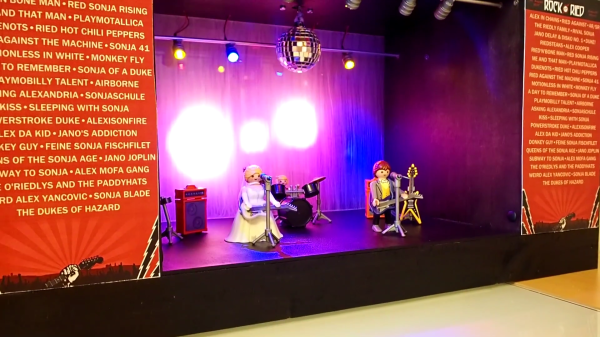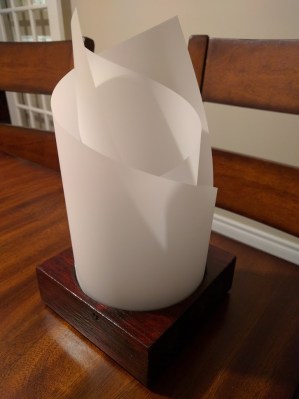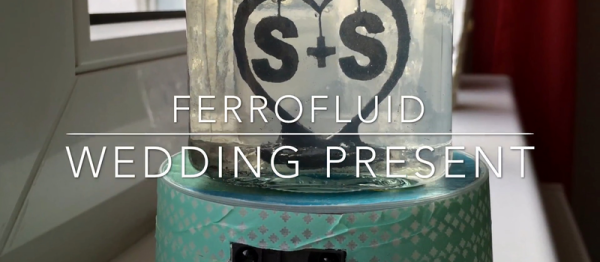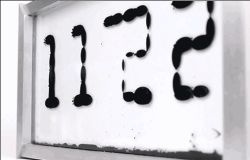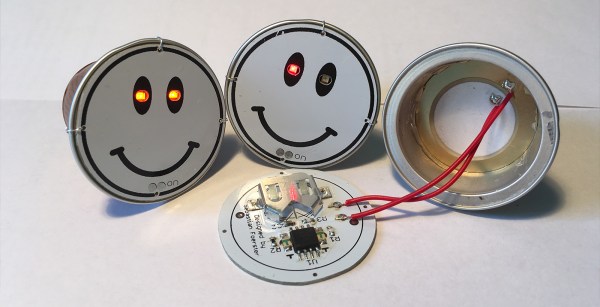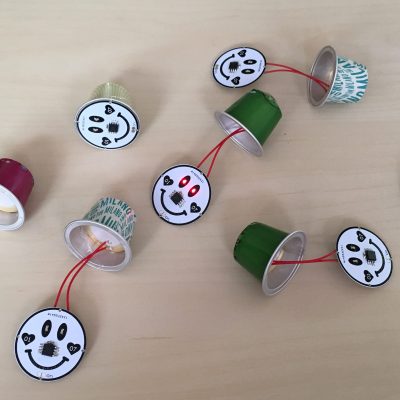For those of a certain age the first digital camera many of us experienced was the Game Boy Camera, an add-on for the original Game Boy console. Although it only took pictures with the limited 4-tone monochrome graphics of this system, its capability of being able to take a picture, edit it, create drawings, and then print them out on the Game Boy Printer was revolutionary for the time. Of course the people who grew up with this hardware are about the age to be getting married now (or well beyond), so [Sebastian] capitalized on the nostalgia for it with this wedding photo booth that takes pictures with the Game Boy Camera.
The photo booth features the eponymous Game Boy Camera front-and-center, with a pair of large buttons to allow the wedding guests to start the photography process. The system takes video and then isolates a few still images from it to be printed with the Game Boy Printer. The original Game Boy hardware, as well as a Flask-based web app with a GUI, is all controlled with a Raspberry Pi 4. There’s also a piece of Game Boy hardware called the GB Interceptor that sits between the Game Boy console and the camera cartridge itself which allows the Pi to capture the video feed directly.
The booth doesn’t stop with Game Boy hardware, though. There’s also a modern mirrorless digital camera set up in the booth alongside the Game Boy Camera which allows for higher resolution, full color images to be taken as well. This is also controlled with the same hardware and provides a more modern photo booth experience next to the nostalgic one provided by the Game Boy. There have been many projects which attempt to modernize this hardware, though, like this build which adds color to the original monochrome photos or this one which adds Wi-Fi capability.


